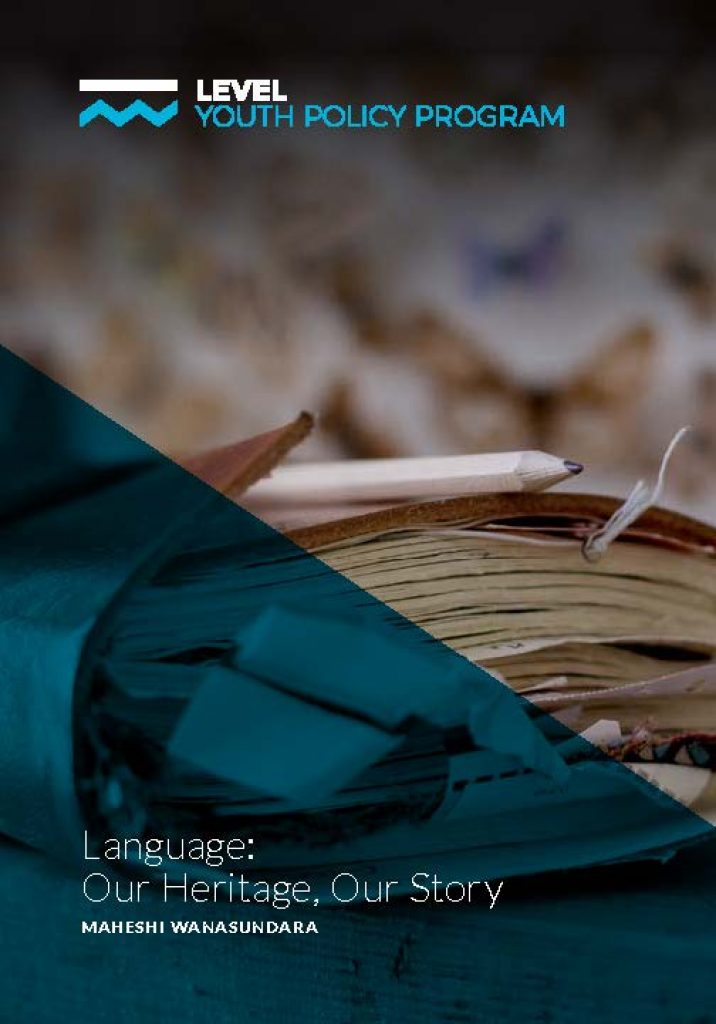British Columbia is one of Canada’s most diverse provinces. With European settler influence establishing English and French as Canada`s national languages we have lost the richness of more than 30 different Indigenous languages and close to 60 dialects in British Columbia, and more than 200 heritage languages immigrants bring to Canada (a Heritage Language is a language that is not one of the official languages or Aboriginal languages). In this document I am discussing the importance and the right to preserve languages as well as the current state of language education in BC. This is an invitation for the BC government, especially the Ministries of Education, Child and Family Development, and Indigenous Relations and Reconciliation to take action towards preserving the diverse cultures we have.
Language plays a critical role in who we are, linking us to our culture and heritage. Learning additional languages helps children to be more innovative and improves critical thinking. We can own up to our global responsibility to preserve languages that are going extinct. Providing the opportunity to study one’s mother tongue leads to an increased feeling of belonging amongst new immigrants. It is also an important step towards Reconciliation with First Nations communities.
The Canadian government has recognised the importance of language revitalization for the wellbeing of individuals and communities (36), and has created the perfect platform for the provinces to take action. There are mentions in the provincial laws and policies encouraging heritage language and Indigenous language learning. However, there is a lack of clear direction and implementation between these broad statements and what we see in classrooms. Only 15% of BC’s Aboriginal population can speak their mother tongue (33). Close to 50% of BC’s population come from families that speak languages other than English. There are many grassroots organizations that promote language education and provide opportunity for students to learn Indigenous and heritage languages.
Some post-secondary institutions have also taken leadership.In this document, I am suggesting some short-term strategies that can be implemented within the next year to encourage language education:
- Reduce barriers for community organised language opportunities.
- Provide credits for existing language knowledge.
Followed by some strategies that may take up to a few years:
- Extend the opportunity to vote for trustees and participation in school boards to include Permanent Residents and lower the voting age to 16.
- Include Indigenous and heritage languages in the K-12 core curriculum.
And the long-term goal:
- Develop and implement an Indigenous Language Education Policy and a Heritage Language Education Policy in BC.
This document is an invitation to the education systems in BC to help students develop a wellrounded understanding of the world grounded in our history and heritage to prepare them to be better citizens of the world.


